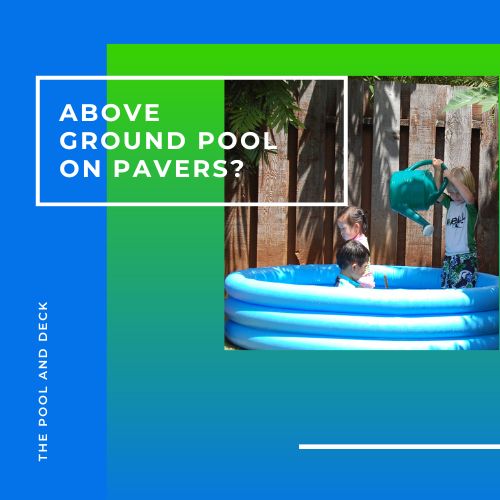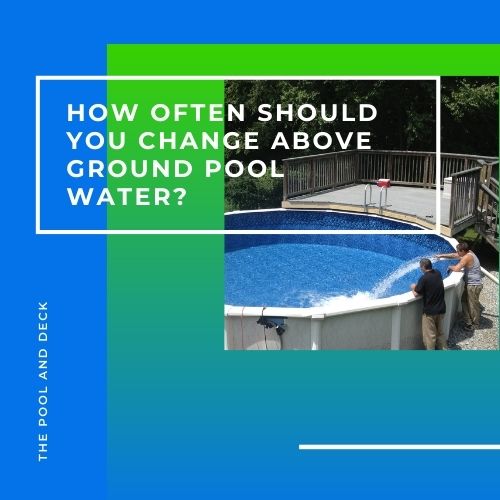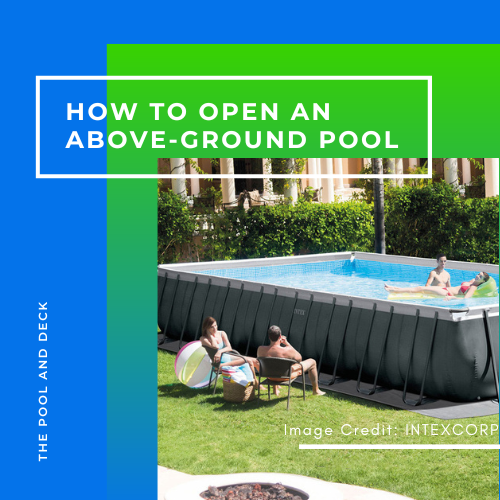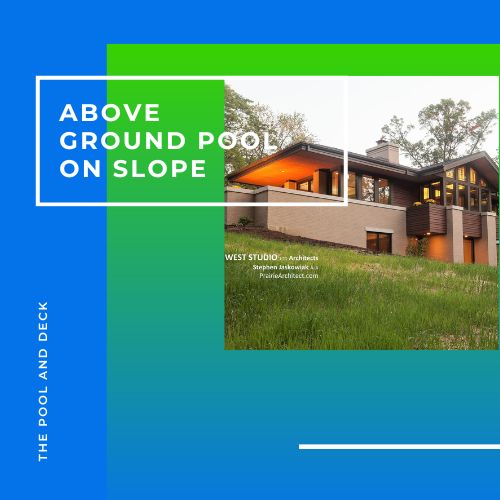Can You Bury an Above Ground Pool? (Why It’s an Absolutely Bad Idea!)
As an Amazon Associate, I earn from qualifying purchases.
Table of Contents
Can You Bury an Above Ground Pool?
An above ground pool is easy to install and easy on the pocket too. So it is a great choice for the budget conscious. However, an above ground pool does not add value to your home, the way an inground pool does. So can you bury an above ground pool?
You should never bury an above ground pool. It is a recipe for absolute disaster.
Most above ground pools are not designed to withstand the pressure of backfill. Sooner or later, the pool walls will collapse inward, especially if the pool water is drained for maintenance or repairs.
An above ground pool is called an above ground pool because it is meant to be above ground. Not buried in the ground.
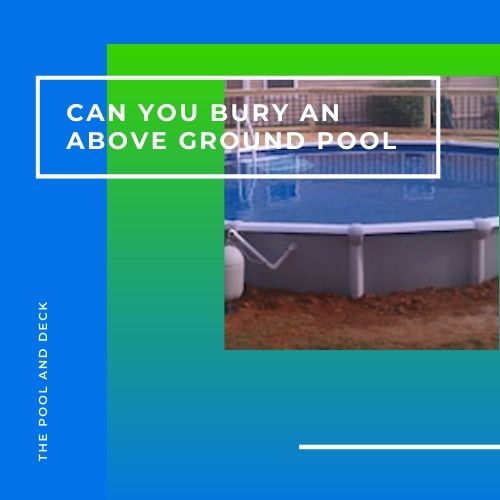
What Happens If You Bury an Above Ground Pool?
A typical above ground pool is made up of a bottom rail, a number of vertical supporting legs, a top rail and a pool wall. A vinyl pool liner is placed inside this enclosure to hold the pool water.
The structure along with the pool liner is designed to withstand the outward hydrostatic pressure from the water in the pool. There is no need for a backfill to counteract the hydrostatic pressure.
To bury an above ground pool, you would start by digging a hole in the ground. The above ground pool would be installed inside this hole. Part of the dug up earth would be used as a backfill around the pool.
Initially this may not create any structural pressures on the pool wall, as the backfill will be mostly pressing down and not sideways. After a couple of seasons the backfill will settle and start exerting pressure on the pool wall.
When the pool is full of water the hydrostatic pressure will counter the inward pressure of the backfill.
However, if you have to drain the pool for maintenance or repair this counteracting hydrostatic pressure will disappear. The pool wall of the above ground pool is not strong enough to withstand the backfill pressure and will most likely collapse.
How Far Can You Sink an Above Ground Pool?
An above ground pool that has been sunk into the ground can collapse when it is drained. But the likelihood depends on the soil type and the depth to which the pool has been sunk.
For example a 48” deep above ground pool could be sunk between 12” – 24” into the ground. The chance of the pool caving in, even if the pool is drained for pool liner repairs or replacement, is pretty low.
How deep you can sink the above ground pool depends a lot on the surrounding soil condition too. If your back yard is rocky and firm you could even bury the above ground pool all the way. The rocks will not move and put inward pressure on the pool wall.
For most soil types, it is better not to bury the above ground pool. Soil erosion and groundwater movement will, sooner or later, put pressure on the pool wall.
What Type of Above Ground Pool Can Be Buried?
So if you can not bury a typical above ground pool, what type of above ground pool can be buried?
A Semi-Inground Pool.
A semi-inground pool is an above ground pool that is designed and manufactured with much thicker & stronger pool walls to withstand the backfill pressure. Instead of being a continuous roll, the pool wall is made of 2” thick aluminum panels.
Similarly the structural frame is also constructed of material & thickness that is strong enough to withstand the inward pressure from the backfill. The material used must also be corrosion resistant.
Unlike typical above ground pools, installation of a semi-inground pool is not a DIY project. You need to engage professional pool installers, preferably recommended by the manufacturer. They will be aware of the excavation requirements. The installation process is more complex and needs to be very precise.
A surrounding concrete shell wall (aka retaining wall) needs to be added as additional protection if the soil is soft and significant movement is anticipated. The concrete retaining wall then takes the inward pressure from the earth.
Sem-inground pool is certainly more expensive than a typical above ground pool. The installation is also more complex, time consuming and costly.
Semi-inground pool is a compromise between an above ground pool and a proper inground pool.
In my opinion it is better to settle for an above ground pool if you want to keep the costs low but have fun with family. The life of an above ground pool is not as much as an inground pool though.
On the other hand a decent inground pool will add value to your home and bring a touch of luxury in your lifestyle. Of course it comes at a cost!
Thank you very much for reading the post. I do hope you found it informative and helpful.

